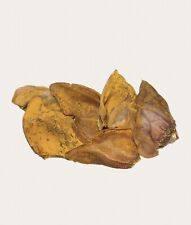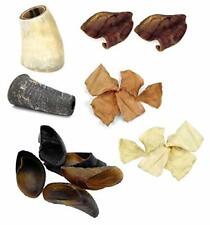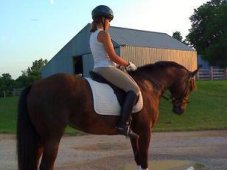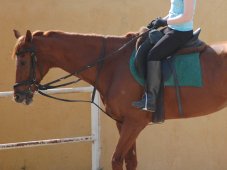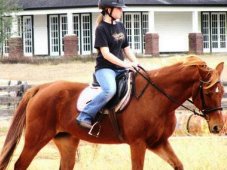Longeing For Riders
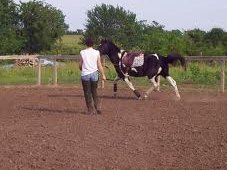
Longeing allows the rider to concentrate on her seat without worrying about controlling the horse’s pace, direction or speed. With someone else handling the horse, longeing removes the fear factor. When the rider feels safe, it is easier to relax her muscles so that she can feel and follow the horse’s motion in balance.
The horse handler also provides the rider with an observer whose feedback can be enormously useful. The rider may feel she is balanced but the handler may note that she is leaning backward or forward rather than being positioned correctly over the horse’s center of gravity. The handler can remind the rider to breathe or provide other verbal cues to help the rider match the horse’s rhythm. The handler can help describe the movements of the horse’s feet so that the rider can begin to feel them for herself through her seatbones.
Longeing is a skill that must be mastered by both horse and handler before they can work safely as a team to help riders develop good seats. A longeing schoolmaster is a special horse. This horse must be in good condition and able to carry himself in balance on circles in either direction. He should have an excellent sense of rhythm and if the rider loses her balance, he should not get flustered or change his rhythm. The longeing schoolmaster is able to stay focused and relaxed regardless of anything else that might be going on in the vicinity. He is very aware of the handler’s body language and responds predictably and smoothly to her requests for up or down transitions.
The handler should be familiar with the horse and sure of her ability to communicate clearly with it before putting a rider up. She should know how to keep the horse moving forward in a steady rhythm and how to ask for smooth up or down transitions.
While some instructors like to use longeing cavessons, many people do not have them. A simple snaffle bridle is sufficient. Slip a halter over the bridle and fasten the longe line to the halter ring. We like to use side reins whenever we longe riders but if the horse is comfortable working on a circle they are not always necessary. It is better not to use side reins than to use them incorrectly. Boots or bandages protect the horse’s legs from accidental dings and provide tendon support when working on a circle. A riding helmet and gloves are standard safety equipment for both rider and handler.
To help the beginning rider, we fasten a "grab strap" to the dees on the front of the saddle. The rider can hold onto the strap until they develop good balance. A rider can also use these straps to pull her seat deeper into the saddle. This opens her hips and tips her pelvis up. Crossing the stirrups of an English saddle over the pommel also creates a grab strap of sorts. Pull the buckle down 5 or 6 inches away from the safety bar before crossing the leathers to eliminate awkward lumps under the rider’s thighs.
The longeing area should never be less than 20 meters in diameter. Anything less is too hard on the horse’s legs. Longe lessons should end before either horse or rider become too tired. A half of an hour is long enough. Change direction once, spending half the time in each direction. When changing direction, the horse should stop on the circle and the handler should approach it and reposition the longe before working in the second direction. A beginning or muscularly weak rider may need frequent walk breaks during a half hour lesson. With more advanced students, one way to get more out of a longe lesson is to let two students take turns as rider or handler while the instructor watches and teaches.
Beginning riders working on a longe should concentrate on relaxation, balance and finding the proper position in the saddle. They can first practice relaxing different groups of muscles, then relaxing all of their muscles. We do not ask beginning riders to hold their heels and toes in a riding position at first. A loose, relaxed ankle helps them move around and experiment with their position. The initial goal is to help them find a correct position with their body aligned from shoulders to hips to heels, shoulders back and open, head and neck straight, and thighs relaxed and flat against the saddle. They should not be gripping with their thighs and their lower leg should rest softly against the horse.
As riders progress, there are many balance exercises that can be added at the walk, then trot. Riders can dangle their legs or ride with legs held out away from the saddle. They can change their arm positions to challenge their balance – arms crossed in front, held on top of their head, stretched over their head, or held out to the sides as they twist in either direction. They can count the horse’s strides out load to help them develop a sense of rhythm.
Transitions from gait to gait are excellent exercises to use on the longe. As riders continue to progress, they can try to ask for up or down transitions before the handler intervenes. As their balance and muscle strength increase, they can graduate from a sitting trot to a posting trot without stirrups. The instructor/handler needs to be a good observer and choose exercises that will help individual riders work on their particular issues.








